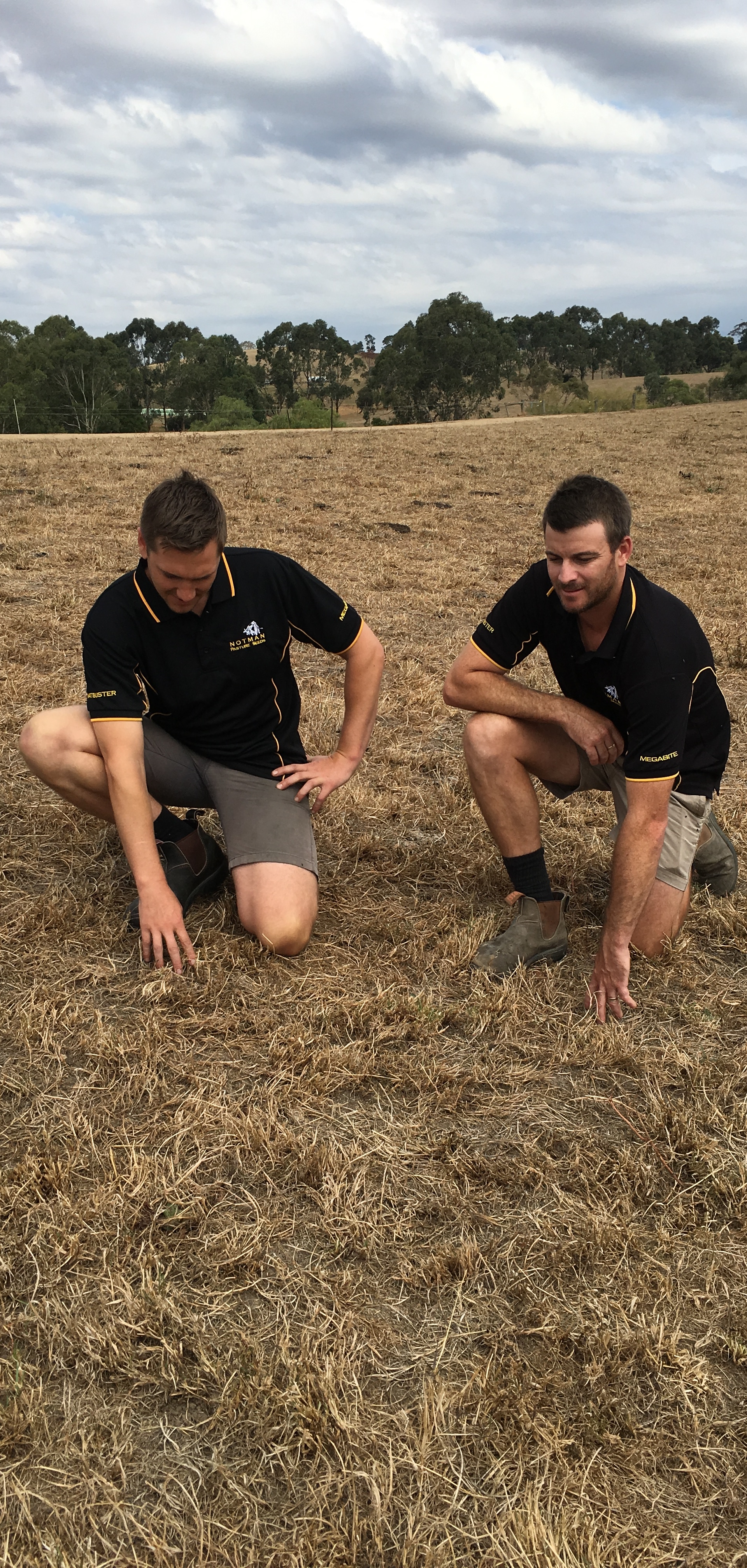Throughout south east Australia, perennial ryegrass has stood as a vital component of pasture systems, offering a rich source of high-quality feed through Autumn to early Summer.
However, its symbiotic relationship with endophytes can lead to a condition known as perennial ryegrass staggers or toxicity in grazing animals.
This presents a significant challenge for farmers, particularly during late summer and autumn when the risk of staggers peaks.
Fortunately, advancements in endophyte research has yielded some promising solutions to reduce lower levels of alkaloids and thus reduce the likelihood of ryegrass staggers.
Endophyte technology has advanced significantly since the 1980s with plant breeders such as Cropmark Seeds and DLF Seeds continuing to help develop novel endophytes that provide long-term pasture persistence that farmers demand along with protection from pests and reduced animal health issues that farmers require.
The introduction of AR37 and CM42 endophyte grasses represents a management tool in mitigating the risk of ryegrass staggers while still maintaining the productivity of perennial pastures.
Using AR37 and CM42 grasses
By incorporating AR37 endophyte grasses and legumes into pasture rotations, farmers can effectively minimize the risk of perennial ryegrass staggers without compromising feed quality or pasture resilience.
Notman Pasture Seeds has a range of tetraploid and diploid perennial ryegrasses with modern endophytes that we sell as straight grasses or in mixes together with legumes for better pasture composition. They include: Base, Reason, Vast, Legion (all AR37) and Cropmark’s new Stampede (CM42).
Get in touch with our team for the varieties best suited to your operation.
What are endophytes role?
Integral to the resilience of certain perennial ryegrass varieties within grazing pastures is the presence of the endophyte. This microscopic fungus, known as Neotyphodium, resides symbiotically within the plant’s cells, bolstering its ability to withstand drought, repel pests, and fortify itself against environmental stressors.
What is ryegrass staggers?
Episodes of staggers are more pronounced in seasons characterized by late rain followed by hot conditions, favouring the proliferation of ryegrass The endophyte produces alkaloids, triggering a condition known as perennial ryegrass staggers or toxicity. Predominantly afflicting sheep, cattle this typically manifests during late summer and autumn. It is exacerbated when animals graze closer to the ground, particularly in pastures dominated by perennial ryegrass.
Signs of ryegrass staggers
Early indications of perennial ryegrass staggers are subtle and may include diminished growth, especially noticeable in young stock, as well as reduced milk production in lactating animals, decreased fertility, heat stress, and instances of scouring.
These initial signs may escalate into more overt symptoms of ryegrass staggers. Within a matter of weeks post-grazing, animals may exhibit slight tremors. As the condition progresses, affected animals experience a decline in coordination, ultimately leading to an inability to rise.
Given appropriate support, affected livestock typically recover within approximately one month if removed from contaminated pastures or fodder.
Immediate management of ryegrass staggers livestock
For immediate management, identify the impact animals and remove them from the affected areas. Often there is ryegrass across the entire farm, so in that case move them to an area with minimal ryegrass until conditions improve (yes this may mean feeding out more!).
Additionally, it is imperative to remove livestock from paddocks featuring steep dams or waterways, as impaired coordination may prevent livestock from exiting these hazards







